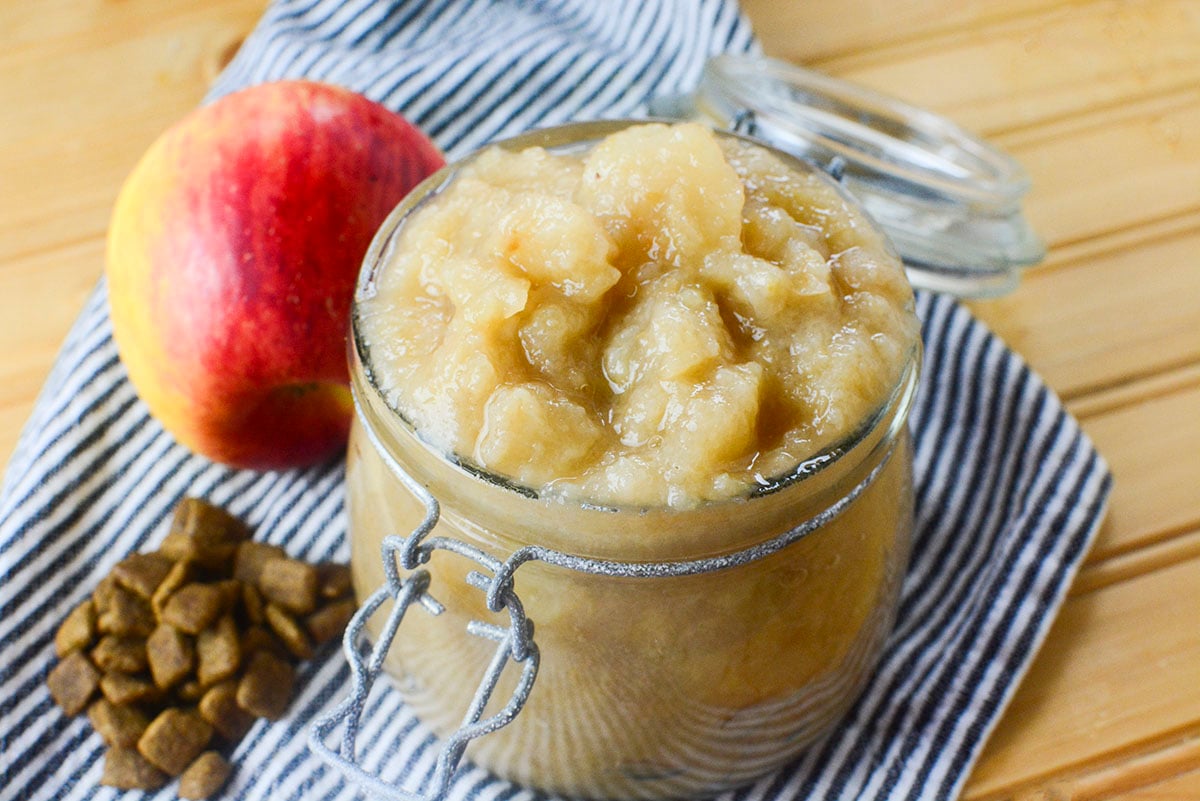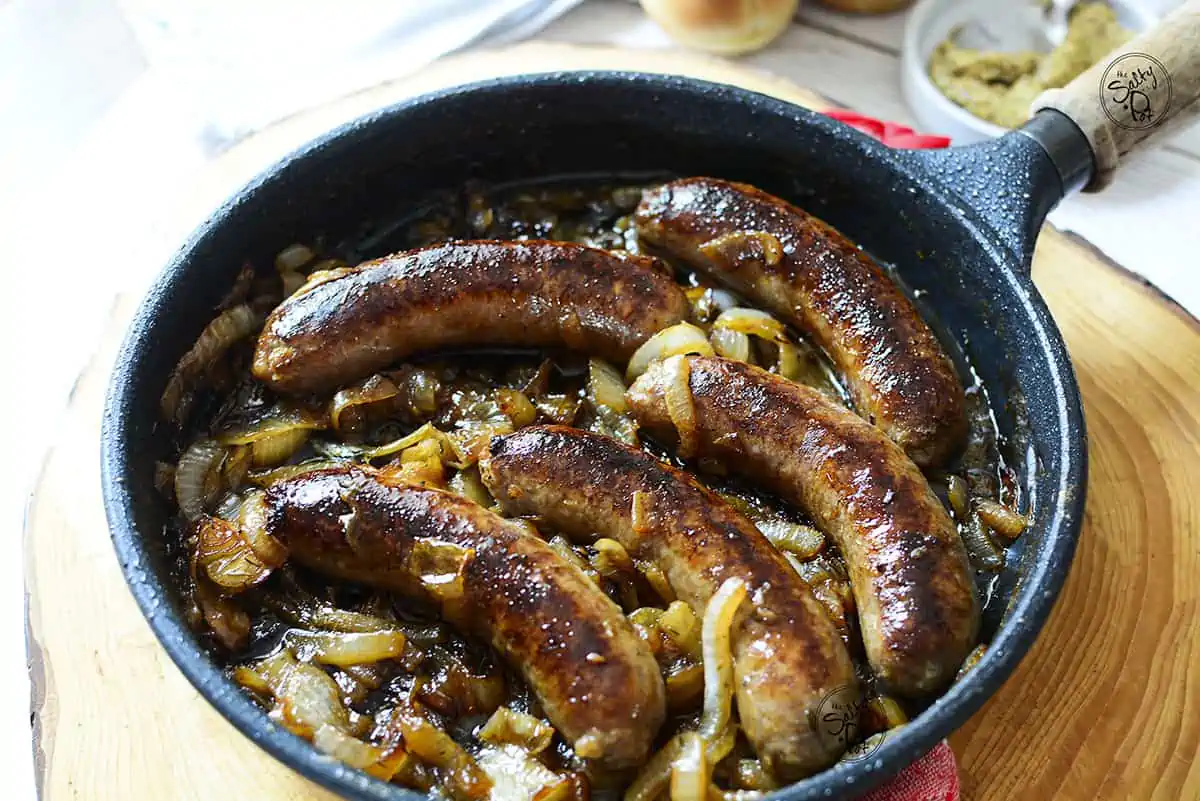Pork Steaks VS Pork Chops: The 6 Differences
Have you wondered what the difference is between Pork Chops VS Pork Steaks? Both chops and steaks are popular cuts of pork that can be cooked in various ways.
Despite their similarities, they have several differences that make them distinct from each other and I hope to easily set out those differences in this easy-to-read article.
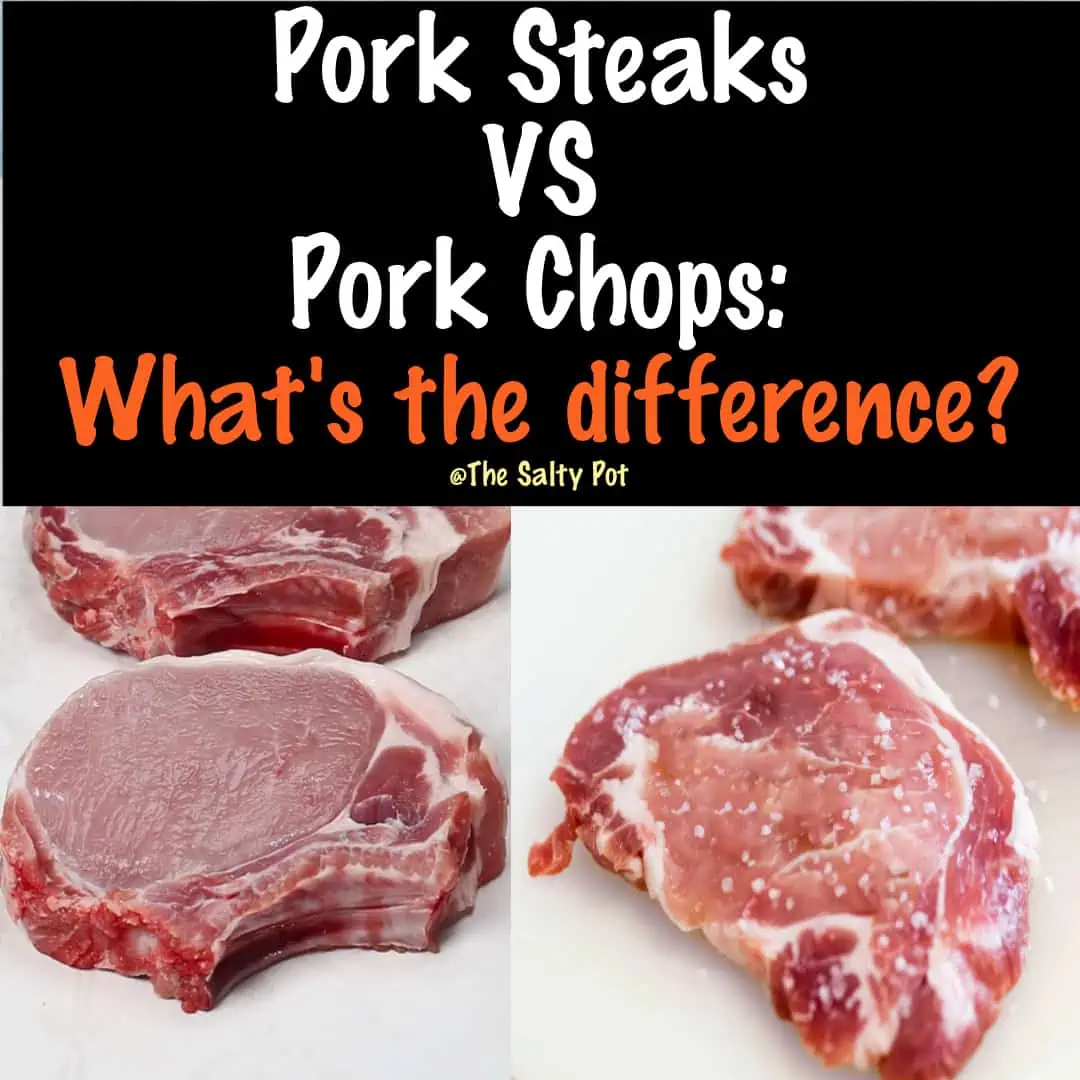
Pork Chops vs Pork Steaks
What are the main differences between pork chops and pork
steaks?
Pork chops are leaner, tenderer, and quicker to cook than pork steaks. Pork steaks have more fat, and a richer flavor, and are best cooked using slow-cooking methods to take the most advantage of the flavor.
When deciding between pork chops and pork steaks, it’s important to consider the cooking method you plan to use. If you want a quick and easy meal, go for pork chops. If you have more time and want a richer flavor, try pork steaks. Both cuts of meat are pretty versatile and can be used in a variety of recipes, so don’t be afraid to experiment with different cooking methods, marinades and seasonings to find a recipe you truly love.
- Flavor: Pork steaks typically have a higher fat content throughout the cut, so that pork flavor will be richer with the steak. Pork chops, because of where they’re located on the animal contain less fat and still have the pork flavor, but without the fatty richness that pork steaks have.
- Price: Pork chops are more commonly used between the two cuts so usually go on sale more often than the steaks. However, because of their fat content, pork steaks will usually be lower in cost year around when compared to chops.
- Time: Cooking time usually differs between the two cuts, (steaks taking longer than chops) but this will depend on what you’re making, the method of cooking, and the thickness of the cut you’re using.
- Location: Chops are cut from the loin area of the pig (along the spine), and steaks are cut from the shoulder (usually from pork shoulder roasts).
- Tenderness: Typically, pork steaks have a reputation for being tougher than pork chops. However, personally, I don’t find this to be accurate. I think both cuts, depending on the cooking method, can easily be very tender, or very tough.
- Bone: Pork steaks are sold without bones, but chops depending on the type of chop you want, they can be sold with bones still attached. Center-cut chops are the usual cut you buy at the grocers that come boneless but a thicker, bone-in chop is usually found at your butcher’s deli.
A Deeper Dive on Pork Chops
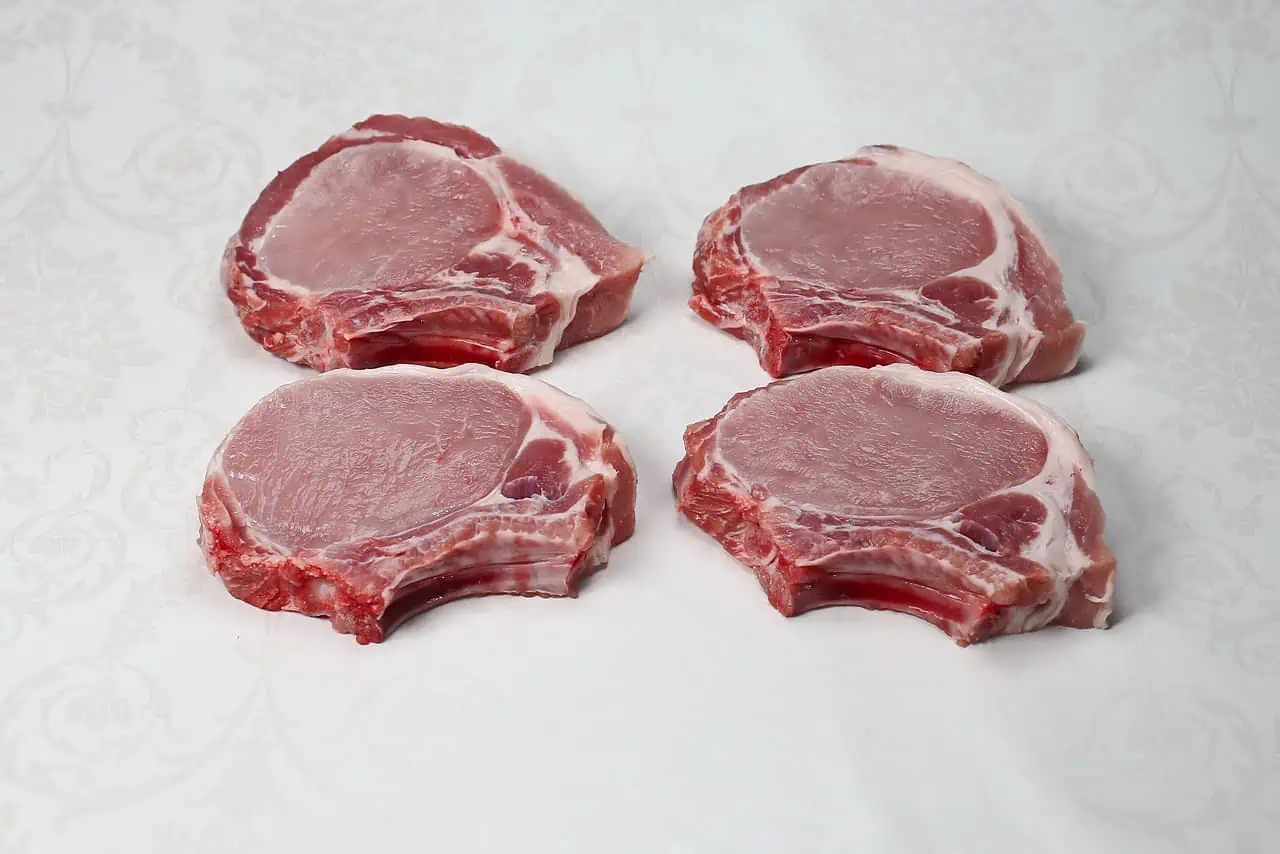
Pork chops are the most common cut of pork at the grocery store. They’re typically used for grilling, (like my Grilled Mediterranean Pork Chops recipe), baking, and frying. These are the cuts that most often go on sale and you’ll find them cut from the loin or rib section of the pig and are bone-in or boneless.
Pork chops are leaner, which means they have less fat than pork steaks because of less marbling. They are also usually slightly more tender than steaks and require less time to cook, (especially if you buy the thinner, “fast fry” chops), making them a popular choice for quick weeknight meals.
Chops are also a good cut to use if you want to use sauces or marinades on the pork, like my Pomegranate Pork Chops recipe. The sauces and marinades can help prevent the meat from drying out and give it that juicier texture as well.
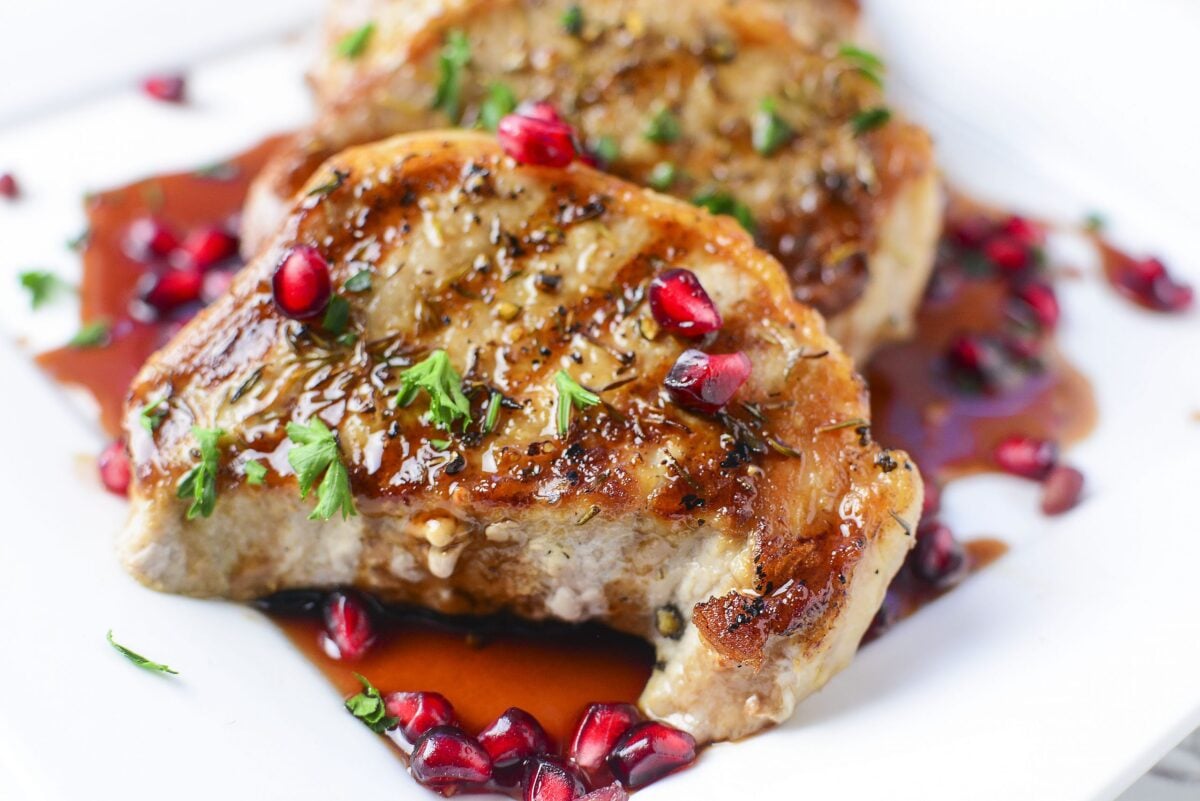
You can consider cooking chops (boneless or bone-in) in the Instant Pot. The appliance cooks the pork in a relatively short amount of time with other sauces and vegetables that give a super tender result, like my Instant Pot Smothered Pork Chops.

However, because chops have less fat content, the margin of time they have of going between tender and juicy to chalky and dry is very small. Knowing the proper internal temperature for boneless chops (145F) will tell the difference between a juicy and dry final product. With the right recipe, you can fall in love with this inexpensive cut of meat.
A Deeper Dive On Pork Steaks
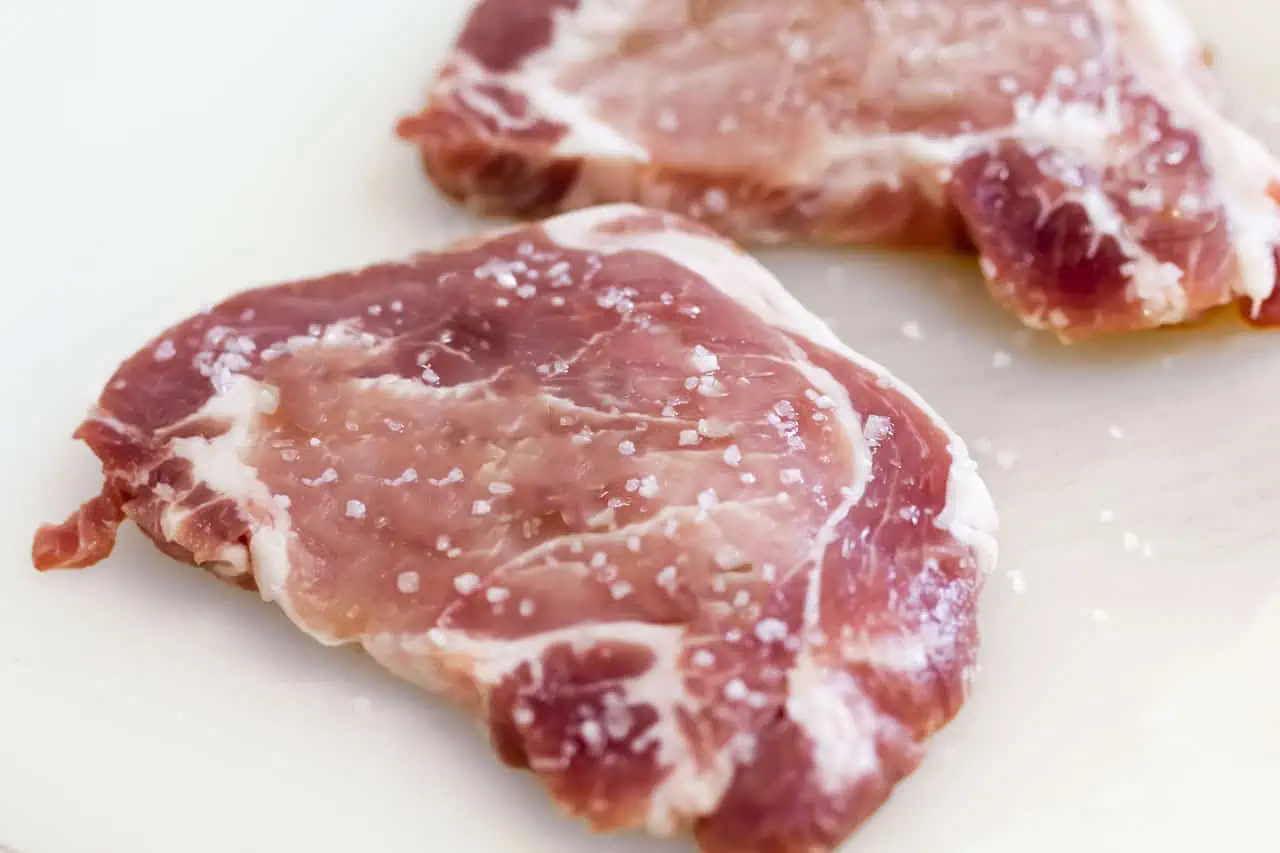
Pork steaks, on the other hand, are cut from the shoulder or blade of the pig. They can be
bone-in or boneless and will have more fat than pork chops. This fat gives pork steaks a richer, more robust flavor than chops, but are also sometimes cut thicker which can mean they take longer to cook. This is somewhat debatable though as now butchers are cutting pork chops quite thick as well.
Pork steaks are more forgiving on the ‘juiciness scale” because of the fat content. Meaning, you can cook pork steaks to a higher internal temperature without them drying out whereas pork chops will because dried out easier.
Pork steaks are also sometimes tougher than pork chops despite the extra fat because there can be more connective tissue present. This makes them a great choice for slow-cooking methods like braising or stewing because these slow-cooking methods give the steaks longer amounts of time to render out fat and break down the connective tissue.
However, I’ve Air Fried Pork Steaks quite often and haven’t experienced any tough-to-chew mouthfuls! In fact, air frying, grilling, and pan-frying pork steaks are some of my favorite ways to prepare them.
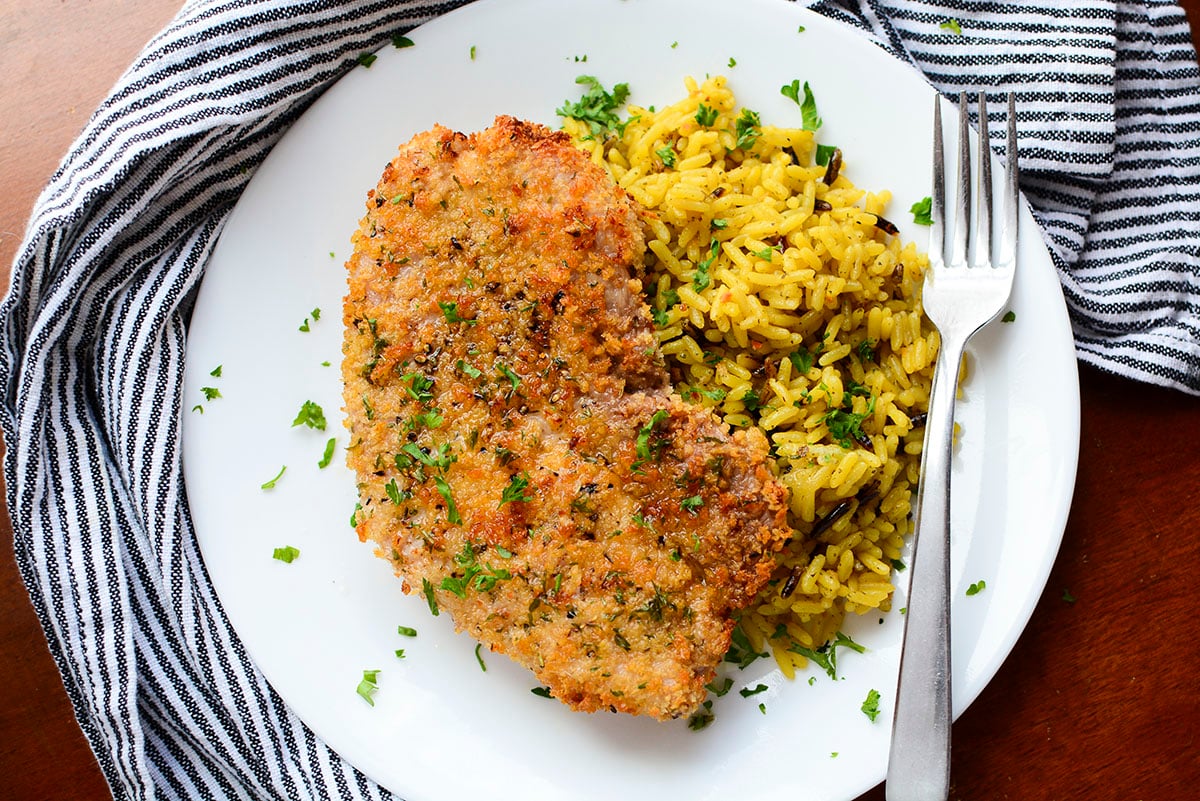
Which To Choose?
This is a very basic rule of thumb, but as I said earlier in the post, I find that both are pretty versatile and interchangeable for the most part.
Pork Steaks: Slow cooking, braising, and stewing. That being said, I’ve used them for air frying and grilling as well.
Pork Chops: Quick frying and grilling (depending on the thickness), air frying, etc.
Other Questions You Might Have
According to the USDA, cooking chops, steaks, and roasts to 145F (or 63C) is the new safety standard. If you cut into the meat after resting and it’s slightly blushing in the center, it’s completely safe to eat as long as the internal temperature has been reached.
Because they come from the “blade” portion (shoulder) of the animal, they can be referred to as “Blade Steaks”.
Final Thoughts:
As an extreme general rule, pork steaks can be tougher than pork chops however, personally, I think both work well for most situations allowing you to grab them on sale when the price is low and keep them in your freezer for later use.

